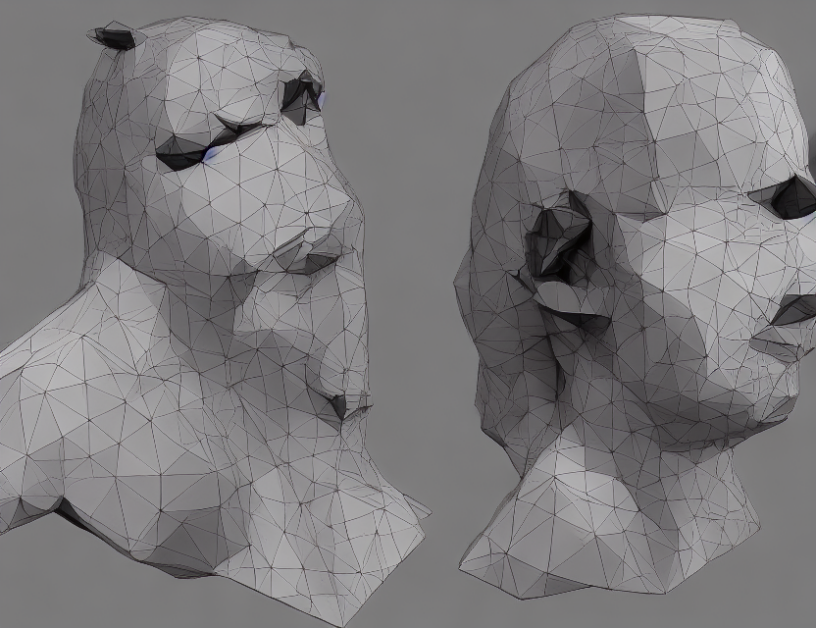Imagine you’re watching a video of a person speaking, but instead of just seeing their face, you see a lifelike avatar that mimics their every move. That’s what "Neural Head Avatars" are all about – creating digital characters that can talk and express themselves like real people. In this article, we’ll explore how researchers have developed new techniques to create these avatars using deep learning models and computer vision.
The authors explain that traditional methods for generating talking heads were limited by the quality of the input videos. However, the latest approaches use neural networks to learn the underlying patterns in the data and generate much more realistic results. The key is to use a combination of techniques like adversarial loss, perceptual loss, consistency loss, and velocity loss to ensure that the generated avatars are not only accurate but also visually appealing.
The article highlights the performance of the proposed method on the "Head2Head" dataset, which contains videos of different people speaking. The results show that our method outperforms other state-of-the-art methods in various metrics, including L1 distance, LPIPS distance, and FID score.
To further demonstrate the effectiveness of their approach, the authors conduct an ablation study to analyze the contribution of each component in the loss function. They find that the adversarial loss, perceptual loss, and consistency loss are essential for generating high-quality avatars, while the velocity loss has a minor impact.
The article also compares their method with other audio-driven reenactment methods and shows that it provides a significant improvement in terms of visual quality and realism.
In summary, "Neural Head Avatars" represent a major breakthrough in talking head synthesis, offering a more realistic and engaging way to interact with digital characters. By leveraging the power of deep learning and computer vision, researchers have created a new era in digital character animation that has the potential to revolutionize various industries, from entertainment to healthcare.
Computer Science, Computer Vision and Pattern Recognition
Method for Real-Time Talking Head Synthesis with Improved Audio-Visual Alignment



